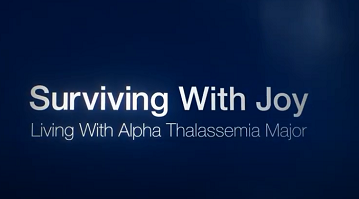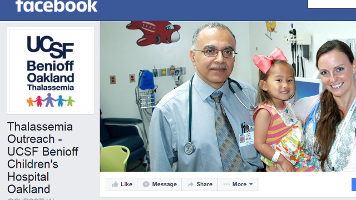IRON OVERLOAD AND CHELATION THERAPY
Treatment with deferiprone (L1/Ferriprox)
Deferiprone (L1, Ferriprox) has been approved for use in several countries for many years and recently received FDA approval for patients who are not effectively chelated with standard therapy. Deferiprone reduces or maintains total body iron stores in the majority of patients. Studies suggest that deferiprone may be more effective than deferoxamine in reducing cardiac iron. Deferiprone in combination with deferoxamine may decrease the risk of cardiac disease and improve cardiac function. Studies in Europe suggest that deferiprone, particularly in combination with deferoxamine, is beneficial in patients with iron cardiomyopathy and cardiac dysfunction. The standard therapeutic daily dose is 75 mg/kg given three times daily and may be increased to 100 mg/kg three times a day in high-risk patients.
The major side effects of deferiprone include gastrointestinal symptoms, joint pain, and neutropenia. Due to the risk of agranulocytosis and associated rare deaths, weekly white blood cell counts are required for all patients receiving this drug. Zinc deficiency may occur particularly with deferiprone and require supplementation.














